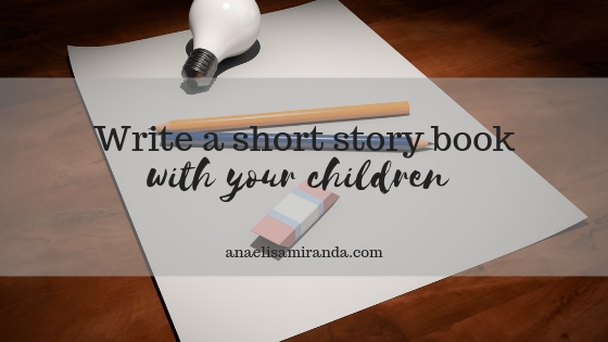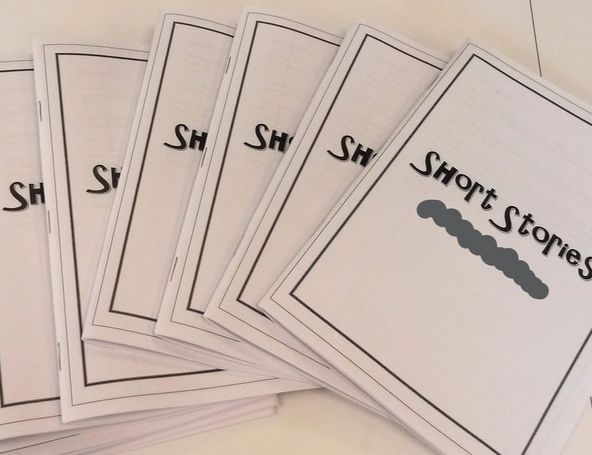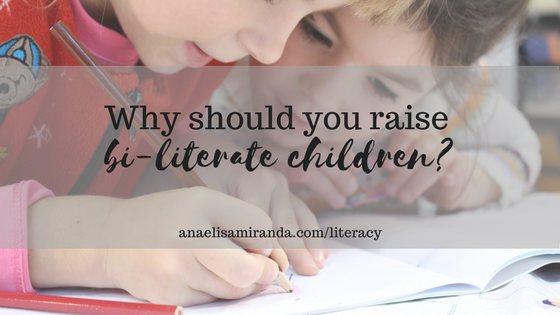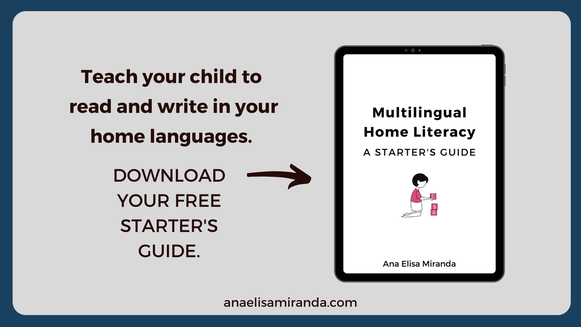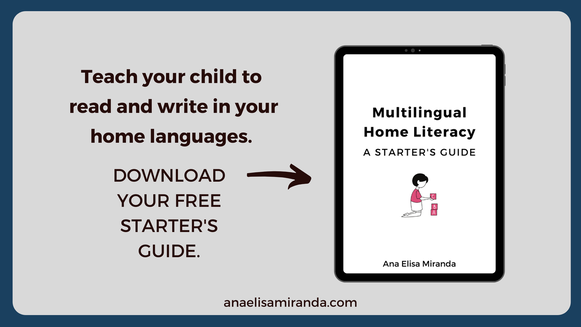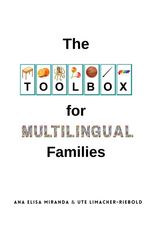Do your kids love reading, being read to or watching movies? Do they like role-playing games? Do they enjoy good storytelling?
I bet they’ll get a kick out of creating their own!
Writing and sharing our own stories is incredibly motivating. It opens up a channel of connection and communication, where we dare to explore ideas and emotions beyond our everyday.
Creativity and imagination aren’t only important for artists. In today’s world, everyone should learn to see possibilities, think out of the box and find solutions. Not to mention be a little more empathetic and respectful.
Last year I organized a creative writing workshop with a group of 10-12 year olds. We had one weekly lesson where we learned about the writing process, wrote and shared our stories and in the end we printed a book! We had so much fun! I printed a very simple booklet but the children were very proud to see their work put together like that!
So, my idea for you today is: start creating a book of short stories with your kids. And why not make it multilingual?
I bet they’ll get a kick out of creating their own!
Writing and sharing our own stories is incredibly motivating. It opens up a channel of connection and communication, where we dare to explore ideas and emotions beyond our everyday.
Creativity and imagination aren’t only important for artists. In today’s world, everyone should learn to see possibilities, think out of the box and find solutions. Not to mention be a little more empathetic and respectful.
Last year I organized a creative writing workshop with a group of 10-12 year olds. We had one weekly lesson where we learned about the writing process, wrote and shared our stories and in the end we printed a book! We had so much fun! I printed a very simple booklet but the children were very proud to see their work put together like that!
So, my idea for you today is: start creating a book of short stories with your kids. And why not make it multilingual?
Here are my tips:
★ Read good stuff. Talk about it. What makes it good?
★ Talk about writing as a process. Help them understand that no good story is ready the first (second or third) time you write it down. Some kids will have many ideas popping in their minds and they’ll rush through revision and editing. Other kids are reluctant to re-write. This is a good time to teach them to type and use spell check, thesaurus and a dictionary.
★ Give constructive and specific feedback. First tell them what exactly you like about their story. Then, ask them questions in order to fill in any gaps (think of the WH questions: what, where, when, why, how). Lastly, suggest how they could make improvements on their sentences, on their plot or overall language use.
The story of Austin’s Butterfly is a perfect illustration of constructive feedback.
★Talk about elements of a story. Every story needs characters, a setting (where it happens), a plot (what happens) and a time. It also needs a beginning, a middle and an end that flow.
Check out this video on how to write a story and this one on how to build a fictional world.
★Practice word choice. This is a fantastic opportunity to increase and polish your child’s vocabulary! Start by challenging them to use alternative words for said, good, bad, pretty, sad and happy (this is when a thesaurus comes in handy).
Check out this video on choosing better action verbs.
★Learn about how books are made. The kids will have a different appreciation for them.
★Find more about your child’s favorite author. Look for interviews on Youtube, their autobiography or an event nearby.
★Find opportunities to share. That’s the whole point! Next time you Skype with your family, have them listen to your child’s stories. Write down and illustrate a special copy of one of the stories and give it to someone they like.
Storybird is a great platform for sharing your children’s writing as well as reading others’ stories and getting inspired!
★Use a variety of prompts and activities. These are just a few suggestions:
Imagine Forest’s Free Resources
Once Upon a Picture - Images to Inspire
Imagination Soup - Writing Ideas and Strategies
Interactive Story Starters by Scholastic
★Set a deadline. Next Christmas? Their next birthday? That way you can have a special moment to launch and share!
★Type everything and format the text as you like. Add illustrations, a cover, a simple author’s bio.
★Print and have a little launch party!
Do let us know if you try it!

